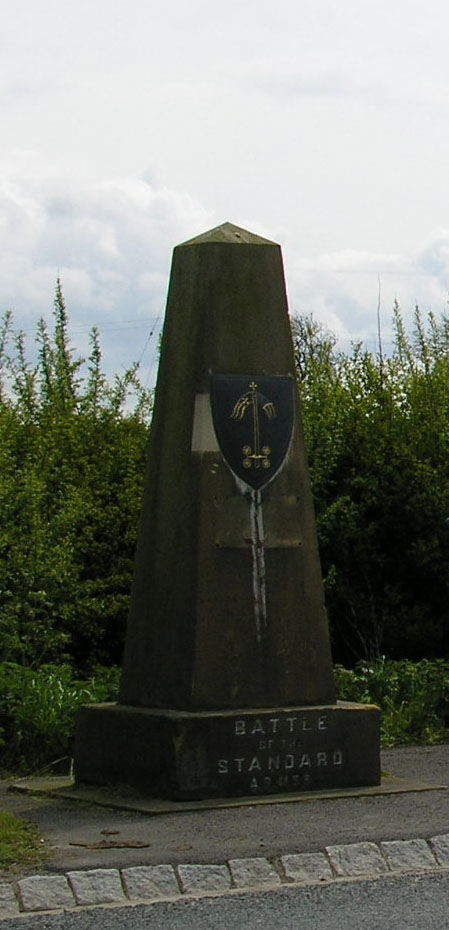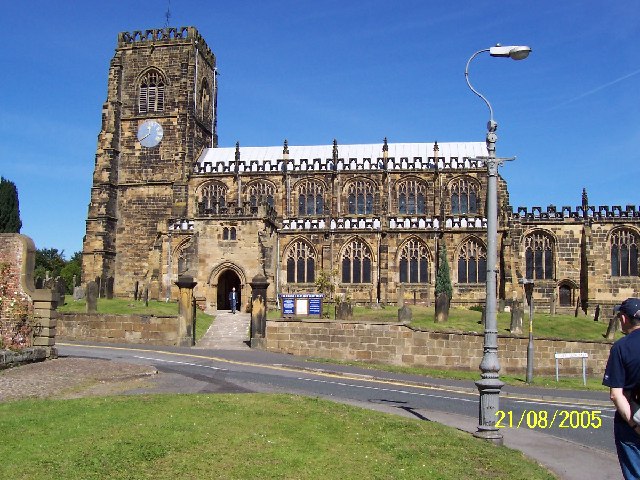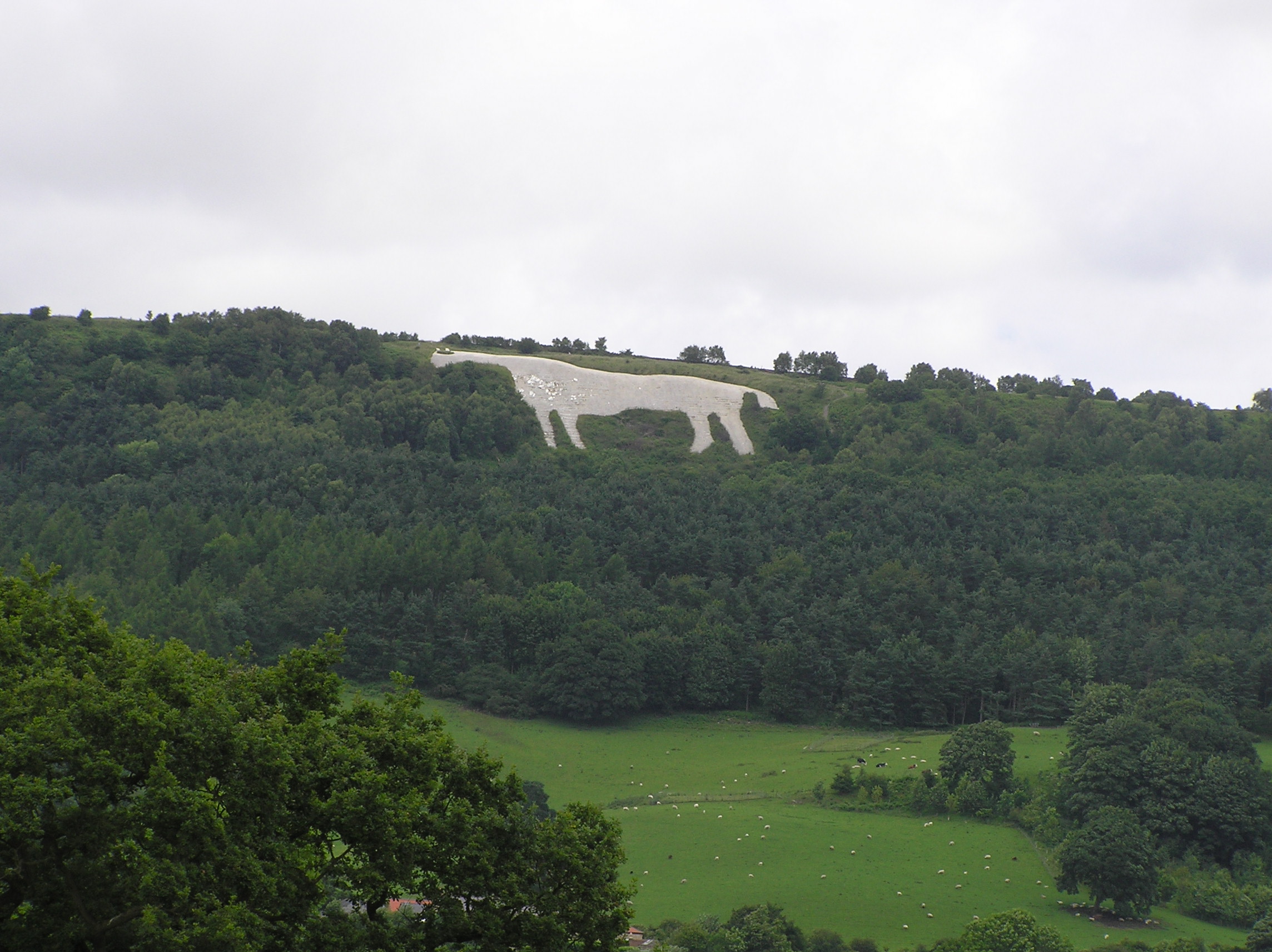|
List Of Civil Parishes In North Yorkshire
This is a list of civil parishes in the ceremonial county of North Yorkshire, England, including Stockton-on-Tees (south of the river). There are 773 civil parishes, most of the county being parished. Unparished areas include the former Harrogate Municipal Borough, except for Pannal and Burn Bridge, parts of the former Teesside County Borough, part of the former Scarborough Municipal Borough and the former York County Borough. For the part of the Borough of Stockton-on-Tees north of the River Tees, see List of civil parishes in County Durham. Population figures are unavailable for some of the smallest parishes. See also * List of civil parishes in England References External links Office for National Statistics : Geographical Area Listings {{North Yorkshire North Yorkshire Civil parishes In England, a civil parish is a type of administrative parish used for local government. It is a territorial designation which is the lowest tier of local government below ... [...More Info...] [...Related Items...] OR: [Wikipedia] [Google] [Baidu] |
Civil Parish
In England, a civil parish is a type of administrative parish used for local government. It is a territorial designation which is the lowest tier of local government below districts and counties, or their combined form, the unitary authority. Civil parishes can trace their origin to the ancient system of ecclesiastical parishes, which historically played a role in both secular and religious administration. Civil and religious parishes were formally differentiated in the 19th century and are now entirely separate. Civil parishes in their modern form came into being through the Local Government Act 1894, which established elected parish councils to take on the secular functions of the parish vestry. A civil parish can range in size from a sparsely populated rural area with fewer than a hundred inhabitants, to a large town with a population in the tens of thousands. This scope is similar to that of municipalities in Continental Europe, such as the communes of France. However, ... [...More Info...] [...Related Items...] OR: [Wikipedia] [Google] [Baidu] |
Acklam, Ryedale
Acklam is a small village and civil parish in the Ryedale district of North Yorkshire, England although it is historically part of the East Riding of Yorkshire. It is situated approximately north-east of York city centre and south of the town of Malton. History Acklam is mentioned in the Domesday Book as ''Aclum'' in the East Riding and gave its name to the Hundred. The Lord in 1066 was named as '' Siward'' and comprised 4 ploughlands with 2 Lord's plough teams and a church. The village lay within the ancient Wapentake of Buckrose The etymology of the name is derived from Old English ''āc'' (an oak tree) and ''lēah'' (a forest or wood clearing). There are the remains of an earthwork motte and bailey castle on a ridge overlooking the village to the south. Governance The village lies within the Westminster Parliamentary Constituency of Thirsk and Malton; the Norton Electoral Division of North Yorkshire County Council; and the Derwent Ward of Ryedale District Council. De ... [...More Info...] [...Related Items...] OR: [Wikipedia] [Google] [Baidu] |
Aiskew And Leeming Bar
Aiskew and Leeming Bar is a civil parish within the Bedale ward of North Yorkshire, England. The parish only has two settlements (Aiskew and Leeming Bar), but prior to the changes in the 19th century, the area it contains belonged to the parish of Bedale. At the 2011 Census, the population of the parish was 2,427 History Aiskew village is mentioned in the Domesday Book, but Leeming Bar came about after the Domesday survey, being a point on the crossroads of the Great North Road and the turnpike road to Kendal. A large part of the parish on the western, southern and eastern sides, has a boundary division through Bedale Beck; this means that certain buildings deemed to be in Bedale, such as the Bedale signalbox and railway station, and the Leech House, are actually within the parish of Aiskew and Leeming Bar. A bypass for the A684 road between Leeming Bar and Bedale, was built in 2016 to connect with Junction 51 of the A1(M) motorway. At that time, over 14,000 vehicles a day ... [...More Info...] [...Related Items...] OR: [Wikipedia] [Google] [Baidu] |
Craven District
Craven is a local government district of North Yorkshire, England centred on the market town of Skipton. In 1974, Craven District was formed as the merger of Skipton urban district, Settle Rural District and most of Skipton Rural District, all in the West Riding of Yorkshire. The population of the Local Authority area at the 2011 Census was 55,409. It comprises the upper reaches of Airedale, Wharfedale, Ribblesdale, and includes most of the Aire Gap and Craven Basin. The name Craven is much older than the modern district, and encompassed a larger area. This history is also reflected in the way the term is still commonly used, for example by the Church of England. History ''Craven'' has been the name of this district throughout recorded history. Note: Select the Thorton in Craven entry. Its extent in the 11th century can be deduced from The Domesday Book but its boundaries now differ according to whether considering administration, taxation or religion. Toponymy The deri ... [...More Info...] [...Related Items...] OR: [Wikipedia] [Google] [Baidu] |
Settle Rural District
Settle Rural District was an administrative district in the West Riding of Yorkshire, England. The rural district was named after the town of Settle and included the civil parishes of Bentham, Clapham cum Newby, Malham, Settle, Stainforth, Austwick, Giggleswick, Ingleton and Horton. The rural district was disbanded in local government reorganisation in 1974 and transferred to the Craven district of North Yorkshire North Yorkshire is the largest ceremonial counties of England, ceremonial county (lieutenancy area) in England, covering an area of . Around 40% of the county is covered by National parks of the United Kingdom, national parks, including most of .... References External links Boundary map {{coord, 54.072, -2.282, region:GB-NYK_type:landmark, display=title Rural districts of the West Riding of Yorkshire ... [...More Info...] [...Related Items...] OR: [Wikipedia] [Google] [Baidu] |
Airton
Airton (also known as Airton-in-Craven) is a small village and civil parish in the Craven district of North Yorkshire, England, situated north-west of Skipton. The village had a population of 175 according to the 2001 Census, increasing to 228 at the 2011 Census. History Listed as Airtone in the ''Domesday Book'', the village takes its name from the River Aire which runs along its eastern edge. In the late 1600s a significant Quaker community developed in the village around the Friends Meeting House. In use for the majority of its history, this building was restored between 2010 and 2012 and continues to host an active Quaker meeting. Other significant buildings in Airton include a squatter's cottage on the village green, a former Methodist Chapel (now closed) and an old mill on the River Aire which is in use as a private residence. The old cotton mill was given listed status in 1989. There is no pub or Post Office in the village; however there is a Farm Shop and Tea Room ... [...More Info...] [...Related Items...] OR: [Wikipedia] [Google] [Baidu] |
Northallerton Rural District
Northallerton ( ) is a market town and civil parish in the Hambleton District of North Yorkshire, England. It lies in the Vale of Mowbray and at the northern end of the Vale of York. It had a population of 16,832 in the 2011 census, an increase from 15,741 in 2001. It has served as the county town of the North Riding of Yorkshire and, since 1974, of North Yorkshire. Northallerton is made up of four wards: North, Broomfield, Romanby and Central. There has been a settlement at Northallerton since Roman times; however its growth in importance began in the 11th century when King William II gifted land to the Bishop of Durham. Under the Bishop's authority Northallerton became an important religious centre. Later, it was a focus for much conflict between the English and the Scots, most notably the Battle of the Standard, fought nearby in 1138, which saw losses of as many as 12,000 men. In later years trade and transport became more important. The surrounding area was discovere ... [...More Info...] [...Related Items...] OR: [Wikipedia] [Google] [Baidu] |
Ainderby Steeple
Ainderby Steeple is a village and civil parish in the Hambleton District of North Yorkshire, England. Ainderby Steeple is situated on the A684 approximately south-west of the County Town of Northallerton, and to the immediate east of Morton-on-Swale. History The village is mentioned twice in the Domesday Book of 1086 as ''Eindrebi''. Some of the lands were part of the manor of Northallerton at the time of the Norman Conquest which was held by Edwin, Earl of Mercia. After Edwin's rebellion of 1071, it became Crown property (indeed, the only Crown property in the entire Land of Count Alan). Most of the other land was in the manor of Ellerton-on-Swale, with land held by Thorkil and Ulfkil before the Norman invasion, and Ansketil of Forneaux afterwards. The Funeaux family are recorded as lords of the manor thereafter until the early 14th century, when Geoffrey le Scrope bought the lands. The manor continued to be owned by his descendants, albeit with a couple of incidents when ... [...More Info...] [...Related Items...] OR: [Wikipedia] [Google] [Baidu] |
Thirsk Rural District
Thirsk is a market town and civil parish in the Hambleton district of North Yorkshire, England known for its racecourse; quirky yarnbomber displays, and depiction as local author James Herriot's fictional Darrowby. History Archeological finds indicate there was a settlement in Thirsk around 500–600 BC. The town's name is derived from the Old Norse word ''þresk'' meaning fen or lake. Thirsk is mentioned twice in the 1086 ''Domesday Book'' as ''Tresche'', in the ''Yarlestre'' wapentake, a village with ten households. At the time of the Norman invasion the manor was split between ''Orm'' and ''Thor'', local Anglo-Saxon landowners. Afterwards, it was split between ''Hugh, son of Baldric'' and the Crown. House of Mowbray Most of Thirsk was granted to a Robert from Montbray for whose descendant House of Mowbray the vale of Mowbray is named. By 1145, what is now Old Thirsk, gained a Market charter giving it town and borough status. The remaining land in the parish was sti ... [...More Info...] [...Related Items...] OR: [Wikipedia] [Google] [Baidu] |
Ainderby Quernhow
Ainderby Quernhow is a village and civil parish in the Hambleton District of North Yorkshire, England. The village is situated on the B6267 Thirsk to Masham road just east of the A1(M) and is about five miles west of Thirsk. The population of the civil parish was estimated at 70 in 2014. In the 2011 census the population of the parish was included with Holme and Howe parishes and not counted separately. The Quernhow at Ainderby is a small mound on the nearby Roman Road which marked the boundary between the parishes of Ainderby and Middleton Quernhow. The mound at Ainderby Quernhow was demolished to make way for the upgrading of the A1(M) and its history is commemorated in a stone laid down in the grounds of the Quernhow Café which now adjoins the A6055. Ainderby Mires and Ainderby Steeple are also in the district, the latter refers to the local church spire, the former to marshy mires. Ainderby is a place name originally meant village belonging to Eindrithi, a Viking who ... [...More Info...] [...Related Items...] OR: [Wikipedia] [Google] [Baidu] |
Hambleton District
Hambleton is a local government district in North Yorkshire, England. The administrative centre is Northallerton, and the district includes the outlying towns and villages of Bedale, Thirsk, Great Ayton, Stokesley, and Easingwold. The district was formed by the Local Government Act 1972 on 1 April 1974, as a merger of Northallerton Urban District, Bedale Rural District, Easingwold Rural District, Northallerton Rural District, and parts of Thirsk Rural District, Stokesley Rural District and Croft Rural District, all in the North Riding of Yorkshire. Geography Hambleton covers an area of 1,311.17 km² most of which, 1,254.90 km², is green space. The district is named after the Hambleton Hills, part of the North York Moors National Park, on the eastern edge of the district. This area is the subject of a national habitat protection scheme as articulated in the United Kingdom's Biodiversity Action Plan. About 75% of the district lies in the Vales of Mowbray and of ... [...More Info...] [...Related Items...] OR: [Wikipedia] [Google] [Baidu] |
Bedale Rural District
Bedale ( ) is a market town and civil parish in the district of Hambleton, North Yorkshire, England. Historically part of the North Riding of Yorkshire, it is north of Leeds, south-west of Middlesbrough and south-west of the county town of Northallerton. It was originally in Richmondshire and listed in ''Domesday Book'' as part of Catterick wapentake, which was also known as Hangshire (named after Hang Bank in Finghall; it was split again and Bedale remained in East Hang. Bedale Beck is a tributary of the River Swale, which forms one of the Yorkshire Dales, with its predominance of agriculture and its related small traditional trades, although tourism is increasingly important. History Before the Harrying of the North Bedale was held by Torpin (Thorfinn), a patronym retained by the infamous Dick Turpin. The parish church also dates from this time (as evidenced by its crypt), before significant remodelling. The original 9th century church escaped destruction in the Har ... [...More Info...] [...Related Items...] OR: [Wikipedia] [Google] [Baidu] |





